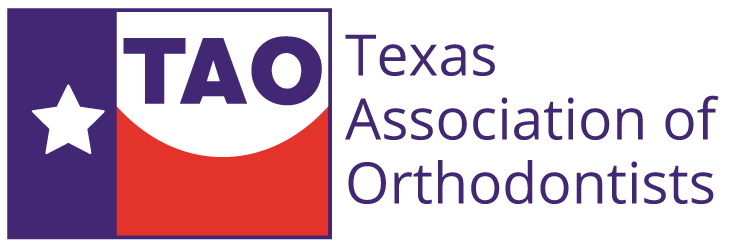While orthodontics may appear to be a modern branch of oral care, the practice has existed since the early days of society. To this day, orthodontic treatment is still growing and advancing everyday with developing technologies making treatment more effective. Required schooling and training beyond dental schools allows orthodontic specialists to educate themselves on the ever-changing landscape of orthodontics and provide their patients with the best care and treatment plan as possible.
Many cultural changes have happened since ancient times, but some things have remained the same. The desire for healthy and beautiful teeth is one of those things.
Ancient Orthodontic Approaches
Many cultures, such as Ancient Egyptians, Ancient Greeks, Romans, and Etruscans (a people that lived in Italy between 770 BC and 270 BC) practiced some form of orthodontic innovation.
Archaeologists and researchers have found evidence of early orthodontic practices from moving teeth by use of finger pressure (Romans) to a form of mouth guard (Etruscans) and the use of catgut wrapped around teeth to close gaps (Egyptians). The Romans also had an early attempt at braces using gold wire as a ligature to bind the teeth tightly together.
The progress toward modern orthodontics stalled for several centuries.
The Dawn of Modern Orthodontic Treatment
In the 16th Century, orthodontics began gaining traction again. Dental braces and the concept of orthodontic care began appearing in official medical journals and reading materials during this century and Pierre Fauchard, a French dental surgeon and the Father of Modern Dentistry, created an appliance called a bandeau. The bandeau was a horseshoe-shaped strip of metal that had holes that fit around the teeth in order to correct their alignment.
Christophe-Francois Delabarre then invented the first wire crib, which is basically an early model of something that we may recognize as braces today. The wire crib is a half-circle that was placed directly on the teeth with the hopes of having teeth stay aligned.
Edward Hartley Angle, commonly known as the Father of Modern Orthodontics, properly identified many of the properties of orthodontic diagnoses such as misalignment and began creating orthodontic appliances in 1880.
The first set of orthodontic braces were very different from the braces we think of today. Orthodontic specialists and would wrap individual bands around each tooth and connect the bands with wire. There was no standard material for braces either. Specialists used whichever materials they preferred, had the budget for, and what was available in their area; whether that be gold, silver, wood or ivory.
We’re Finally Getting Somewhere…
In the 1970s, huge breakthroughs in orthodontic techniques improved orthodontic care forever. The biggest of these was the use of a dental adhesive to hold brackets to the teeth, replacing the need to wrap each tooth individually. Tie wires and elastic ligatures to keep the braces tight and in place were developed. The use of stainless steel as a material became commonplace and improved orthodontic care through ease of use.
The 70’s also ushered in a first attempt at invisible braces. These came in the form of lingual braces, which are braces that fit behind the teeth rather than on the front.
The 1990s brought with it more research into plastic aligners and retainer series, then brought the rise of clear aligners as an option for orthodontic specialists to consider with their patients in the early 2000s.
The Braces of Today and of the Future
The braces of today are those that have developed through the breakthroughs of the 1970s and 1990s, but that is not the end-all-be-all of orthodontic care. Orthodontics is one of the most rapidly growing health industries, as progress continues to be made in learning more and more about orthodontic care.
And the introduction of Computer Aided Design and Manufacture (CAD/CAM) has radically changed the personalization of orthodontic appliances. Powerful software platforms, robotics, even 3D printing, has moved orthodontics into the 21st century like few other medical fields. Modern orthodontics is nothing like orthodontics of the past.
Advancements in technology and research into orthodontic health and techniques are making leaps and bounds in the refinement of orthodontic care. In fact, research is being conducted to use different materials for braces, making orthodontic treatment even more accessible to anyone at any stage in life.
The quality of scans and impressions continue to improve, and this helps orthodontists to better diagnose and treat orthodontic issues with shorter treatment times and reduced patient discomfort.
Orthodontic care has a long history of creating healthier and more confident smiles. Contact your local orthodontic specialist to learn more about braces and the orthodontic treatment that will be right for you.

